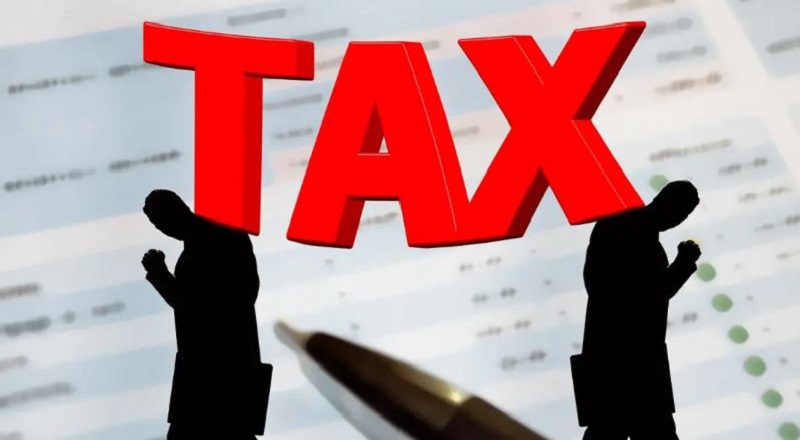The new system implemented by the government regarding Personal Income Tax has caused confusion to many people. Objections were expressed by some that the government has happily created seven slabs (Tax slabs) and complicated the tax system. Income Tax: new system implemented by government.
However, Finance Minister Nirmala Sitharaman strongly defended the new tax regime. Besides, the Minister also clarified that the opportunity will continue for those who want the old tax system. That is, both the old and new tax systems will continue to exist.
In the book ‘Reform Nation’ written by Gautham Chikarmane, Vice President of Observer Research Foundation, it has been analyzed that the simplicity of the old tax system has been abandoned in the new tax system. Nirmala Sitharaman, who came to the launch of this book, explained why the old personal income tax system is not simple.
Old vs New: A Comparison for Different Slabs:
Taxpayers with annual income between RS.5 lakhs to Rs.10 lakhs are taxed at 20%, under the old regime. And in the new regime, they will be taxed at half that rate i.e. 10%. Also, those with an annual income of Rs.7.5 lakhs to Rs.10 lakhs will have to pay a 15% income tax.
However, if the taxpayer gets old tax regime benefits from exemptions and his/her net tax payable is less, he/she can choose to continue with the old tax regime. Let’s look at the old and new tax slabs for persons aged below 60 years of age. Exemptions mean the taxpayer is free from the tax burden on certain incomes. For example, you do not have to pay tax on income from agriculture.
Deduction means removing certain investments and expenditures the taxpayer makes and then calculating the gross income. For example, if you pay Rs. 20,000 as a health insurance premium. You can deduct this amount from your total income.
In the ‘old tax regime,’ there are 120 exemptions. Taxpayers do not benefit from all of them. Most of them complicate the direct tax system. After a thorough study, the Ministry of Finance has removed around 70 exemptions. Old vs new tax regime for salaried employees is a new change. Let’s view all deductions and exemptions that are available in each of the two regimes.
Also Read: India vs New Zealand: Virat Kohli and Rohit Sharma out from team
List of a Few Exemptions and Deductions in Old Tax Regime Slabs (Not Allowed in the New Regime)
Here’s the list (not exhaustive) of exemptions-
-Leave Travel Allowance
-House rent allowance
-Standard deduction of Rs 50,000 was available for salaried individuals
-Deductions available under Section 80TTA/TTB ( on interest from savings account deposits )
-Entertainment allowance deduction and professional tax ( For government employees)
-Tax relief on interest paid on home loan for self-occupied or vacant property u/s 24
-Deduction of Rs 15000 allowed from family pension under clause (iia) ( Section 57)
Tax-saving investment deductions under Chapter VI-A (80C,80D, 80E,80CCC, 80CCD, 80D, 80DD, 80DDB,, 80EE, 80EEA, 80EEB, 80G, 80GG, 80GGA, 80GGC, 80IA, 80-IAB, 80-IAC, 80-IB, 80-IBA, etc) (Except, deduction under Section 80CCD(2)—employers contribution to NPS, and Section 80JJA) and so on.
These popular tax saving investment options include ELSS, NPS, PPF, tax break on insurance premium among others. One can still claim deduction under sub-section ( 2) of section 80CCD which is basically an employer’s contribution towards an employee’s account in NPS and section 80JJAA ( for new employment).
Also note that if the employee’s contribution to EPF and NPS exceeds more than Rs 7.5 Lakh, in the financial year in question, then the employee is liable to pay tax.
Also Read: MS Dhoni come to Mangaluru for attend private event today
List of Important Exemptions Retained in the New Tax Regime
-Income from Life Insurance,
-Agricultural Income,
-Standard reduction on rent,
-Retrenchment compensation,
-Leave encashment on retirement,
-VRS proceeds up to Rs 5 lakhs,
-Death cum retirement benefit,
-Money received as a scholarship for education, etc.


Comments are closed.